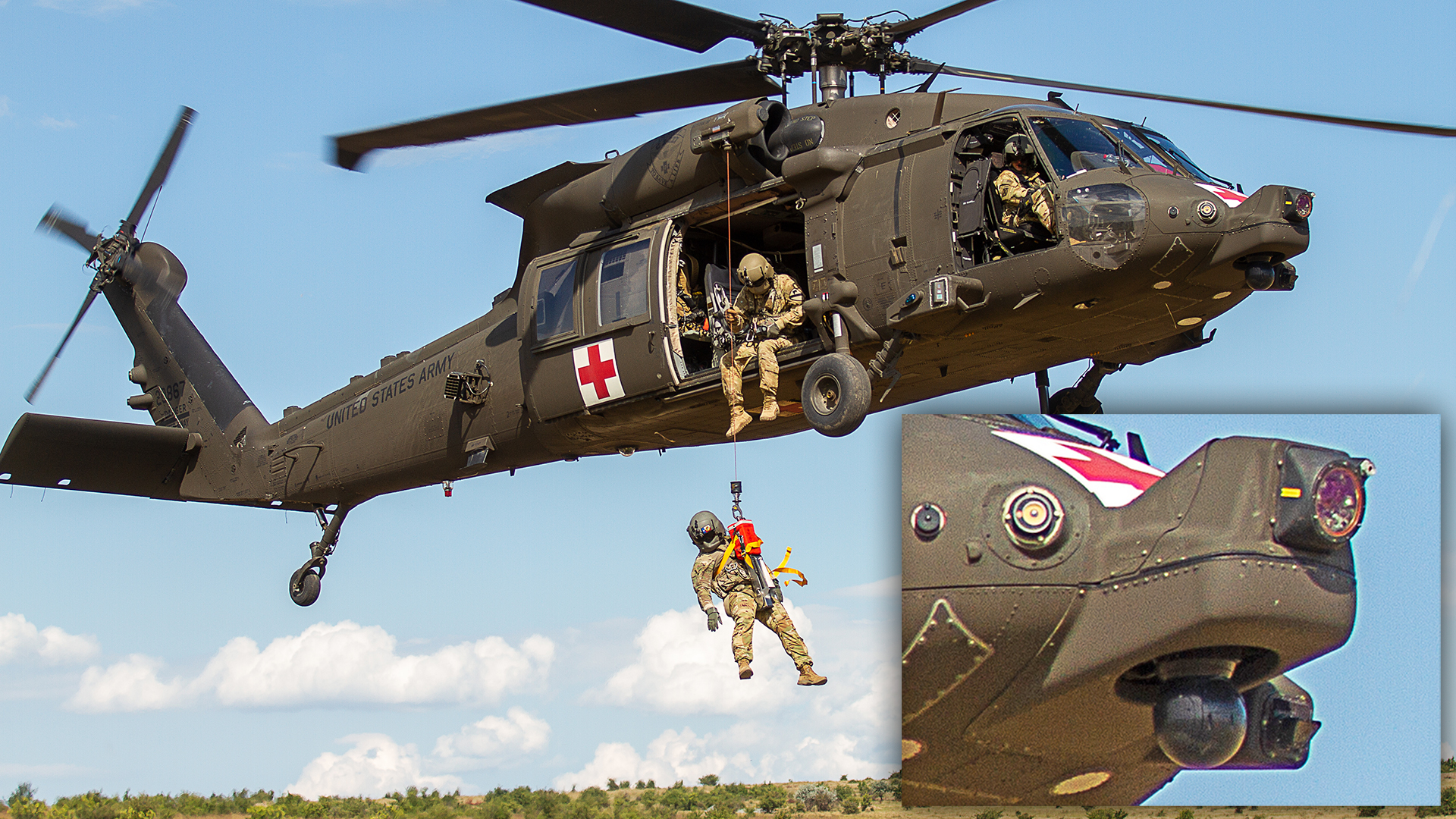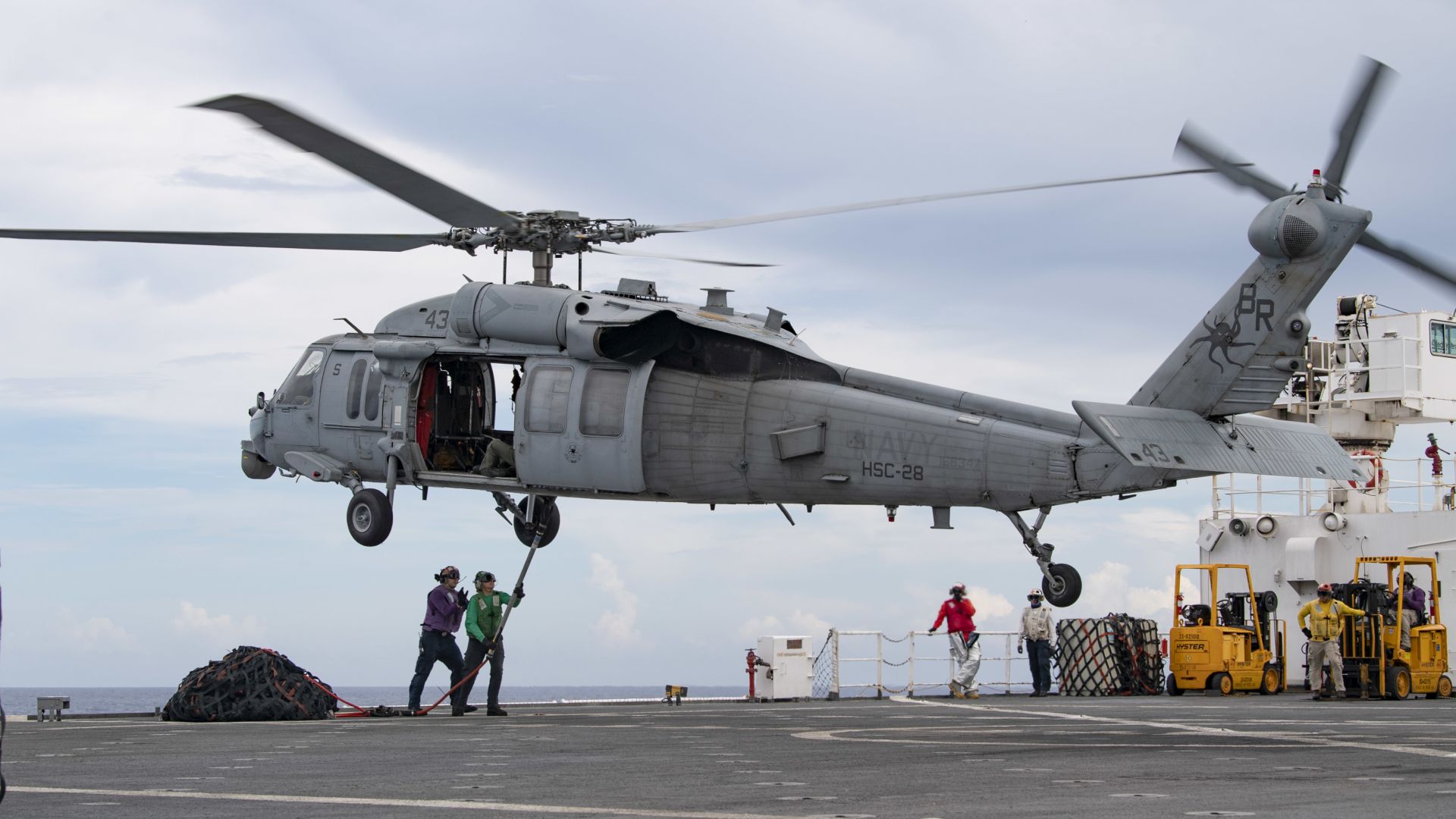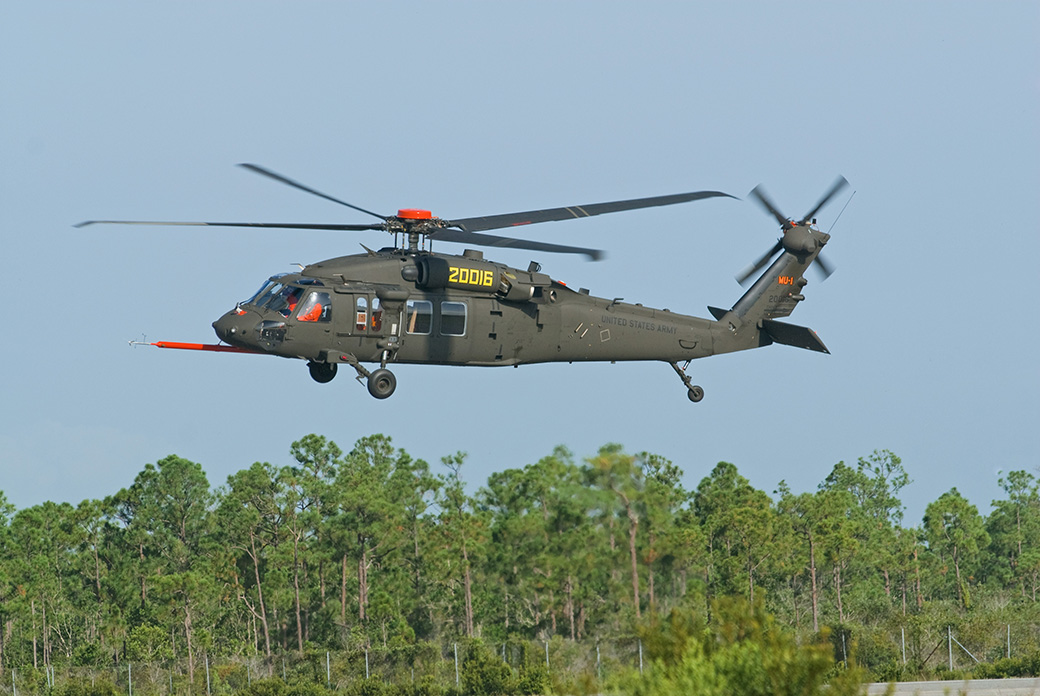Every Little Thing You Required to Learn About the UH 60 Helicopter
The UH-60 helicopter, a foundation of U.S. Military aeronautics considering that its debut in 1979, stands for an amazing blend of engineering and functional adaptability. Known for its remarkable rate and range, the UH-60 has actually been adapted for different missions, from troop transportation to medical emptying. As army requirements evolve, so as well does the helicopter, with ongoing improvements focused on boosting its abilities and incorporating contemporary technologies. To fully appreciate the value of the UH-60 in modern army procedures, one should consider its history, design, and the future technologies that can redefine its duty.
Background of the UH-60
Created in the late 1970s, the UH-60 Black Hawk helicopter became a reaction to the U.S. Military's requirement for a functional energy helicopter that can perform a variety of objectives under difficult problems. The catalyst for its design was the shortcomings determined in the earlier helicopters utilized during the Vietnam War, especially in regards to maneuverability, survivability, and speed.
The Black Hawk was made by Sikorsky Airplane, including sophisticated innovations and materials to improve its performance and longevity. It was formally presented into service in 1979, quickly ending up being a crucial possession for military operations - uh 60. Its ability to carry soldiers, medical discharge, and logistical support in both fight and altruistic objectives made the Black Hawk an important part of the U.S. Army's air travel fleet
Throughout the decades, the UH-60 has actually been continually upgraded, adapting to the transforming nature of warfare and the progressing needs of modern army operations. Its operational background consists of engagement in significant problems, peacekeeping goals, and catastrophe alleviation initiatives, solidifying its online reputation as a efficient and reputable helicopter in different environments worldwide.

Layout and Specifications
The layout of the UH-60 Black Hawk helicopter continually reflects a dedication to operational efficiency and convenience. Created by Sikorsky Airplane, this medium-lift utility helicopter features a streamlined, wind resistant fuselage that enhances speed and maneuverability. Its tandem rotor system, defined by two counter-rotating blades, lessens resonance and raises lift ability, permitting safer operations in varied atmospheres.
The UH-60 is powered by two T700-GE-701C turboshaft engines, giving a maximum rate of about 180 knots and a range of around 400 nautical miles. Its robust airframe is built from sophisticated composite products, making certain sturdiness while preserving a fairly reduced weight. The helicopter has an optimum gross weight of concerning 22,000 extra pounds, sustaining a functional haul configuration.

Roles and Objectives
A flexible system, the UH-60 Black Hawk helicopter serves a wide variety of functions and missions within armed forces procedures. Designed mostly for army transport, it is capable of lugging approximately 11 soldiers, making it an essential property for quick deployment and logistical support.
In addition to army transportation, the UH-60 masters clinical emptying (MEDEVAC) goals, geared up with sophisticated clinical devices to offer critical care during transit. Its ability to operate in varied atmospheres boosts its performance in combat search and rescue (CSAR) operations, where speedy removal of employees is crucial.
The helicopter likewise plays a significant role in reconnaissance and surveillance missions, making use of onboard sensing units and devices to debrief. In addition, its adaptability expands to logistical assistance, efficient in transporting materials and devices to ahead operating bases - uh 60.
In combat procedures, the UH-60 can be equipped with different weapon systems, enabling it to give close air support. Its multi-role ability makes the Black Hawk an essential device for modern-day army forces, adapting flawlessly to the evolving demands of battleground scenarios and making certain goal success throughout an array of operational contexts.
Performance and Capacities
Recognized for its durable performance, the UH-60 Black Hawk helicopter flaunts excellent abilities that improve its functional performance across numerous goals. uh 60. This multi-role aircraft is furnished with powerful twin-engine Turbomeca Arriel 1D1 engines, supplying extraordinary speed and maneuverability, with a maximum cruise ship speed of about 150 knots and a functional series of around 400 nautical miles
The Black Hawk's advanced avionics and fly-by-wire control systems substantially improve trip safety and security and handling, enabling it to run in diverse settings, including unfavorable climate conditions. Its convenience is moved here additional exemplified by its capability to carry as much as 11 fully equipped troops or a haul of approximately 8,000 pounds, making it optimal for army transport, clinical discharge, and logistical support missions.
Furthermore, the UH-60 is made for survivability, featuring enhanced airframes, ballistic protection for staff and official website guests, and progressed countermeasure systems to evade risks. The helicopter's dexterity and rate, combined with its capability for fast implementation, make it a vital possession in modern army procedures, ensuring that it remains a crucial element of tactical air assistance and battleground mobility.
Future Dope

One considerable emphasis is the assimilation of innovative avionics systems, which will certainly boost situational understanding through improved navigation and communication capabilities. This includes the prospective usage of expert system to help pilots in decision-making and objective planning.
Moreover, future variations might incorporate sophisticated materials and style functions to reinforce the helicopter's toughness and lower its radar signature, enhancing survivability in contested settings.
The intro of hybrid-electric propulsion systems is additionally imminent, intending to improve gas performance and minimize logistical problems. Such innovations can prolong operational array and reduce the helicopter's ecological impact.

Conclusion
The UH-60 helicopter represents a substantial development in army air travel given that its introduction in 1979. Its durable layout, versatile abilities, and constant upgrades ensure its significance in numerous functional roles, consisting of troop transportation and clinical evacuation. As innovation advances, future advancements will likely boost its efficiency through the assimilation of expert system and hybrid-electric systems. The UH-60's withstanding visibility highlights its important duty in contemporary armed forces procedures and highlights the recurring advancement of military aviation innovation.
The UH-60 helicopter, a keystone navigate to these guys of United state Military air travel considering that its debut in 1979, represents an exceptional mix of design and functional convenience. As army needs progress, so as well does the helicopter, with ongoing developments intended at enhancing its capacities and integrating contemporary technologies.The style of the UH-60 Black Hawk helicopter regularly shows a commitment to operational efficiency and convenience. Established by Sikorsky Aircraft, this medium-lift utility helicopter includes a sleek, wind resistant fuselage that boosts rate and maneuverability.The UH-60 helicopter stands for a substantial development in army air travel considering that its intro in 1979.